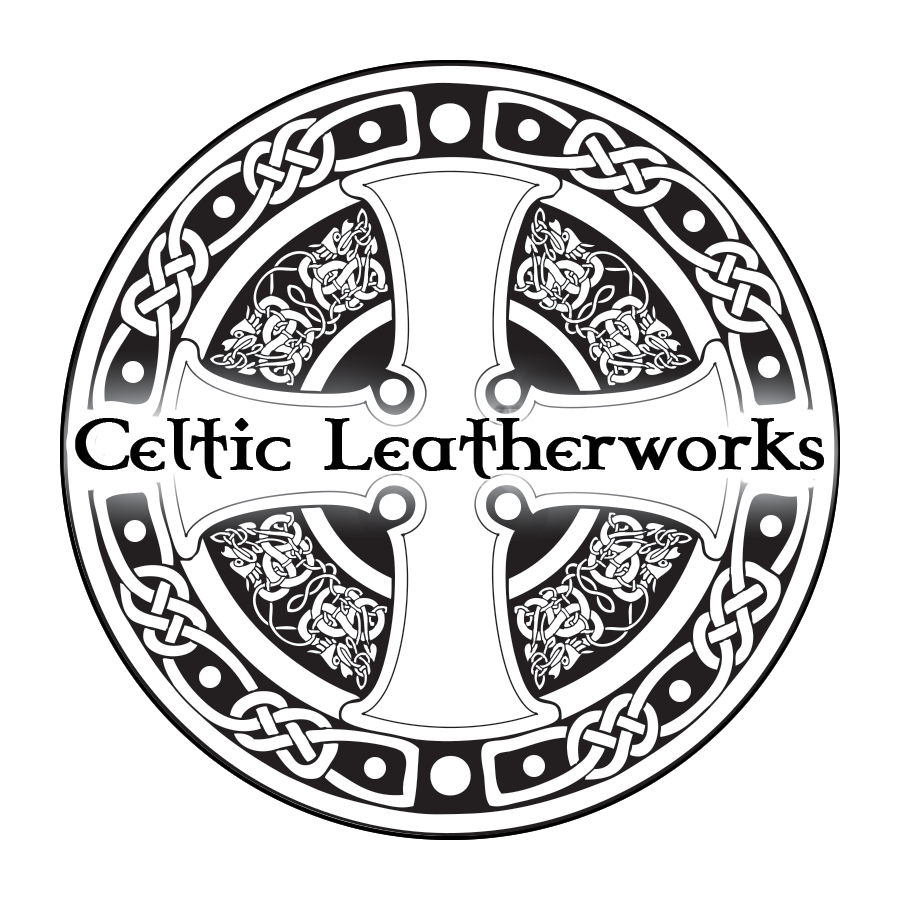Description
About the Hildisvíni:
The Hildisvíni, or the wild boar, was a significant animal to many ancient civilizations. Revered by the Romans, Picts, and Vikings, variations of the animal can be found in architecture, heraldry, artwork, and weaponry. Throughout the Iron Age in the British Isles, boar tusks were collected and used in art, as well as for ceremonial purposes. Not only was the animal prized for its meat, but the boar also symbolized strength, virility, plenty, and hospitality. Yet, it was the frenzy and heat of war that seems most associated with the symbolism of the boar. Pictish war horns (called carnyx) were based on the proportions and shape of a wild boar tusk and frequently embellished further with effigies of wide-mouthed boar heads. “Hildisvíni” was the name given to the boar that Norse goddess Freyja rode into battle, which translated literally into “battle swine.”
Functionality:
The flap attaches to the back of the bag at the top with heavy-duty snaps. There are two D-rings to attach the sporran to a belt. The loop will comfortably fit on a 2.5-inch belt should you choose to wear it that way.







 Click on the image to purchase the Albannach Sporran from the band.
Click on the image to purchase the Albannach Sporran from the band.